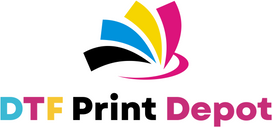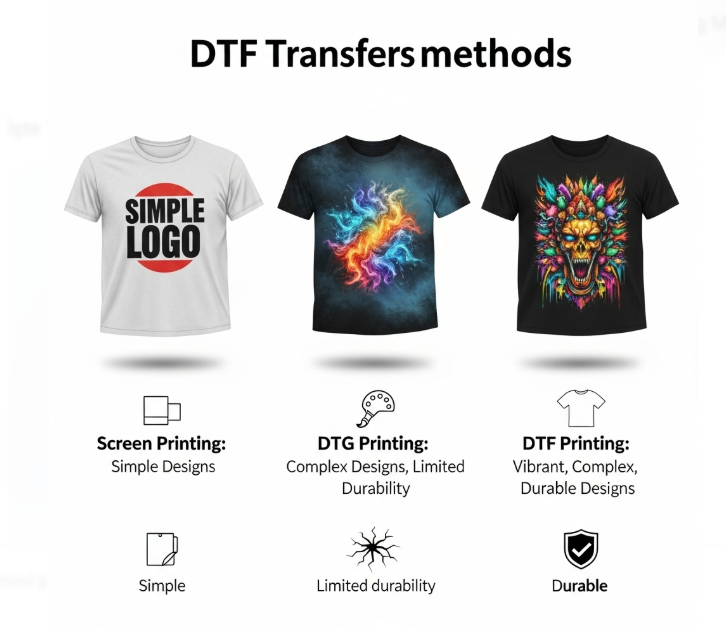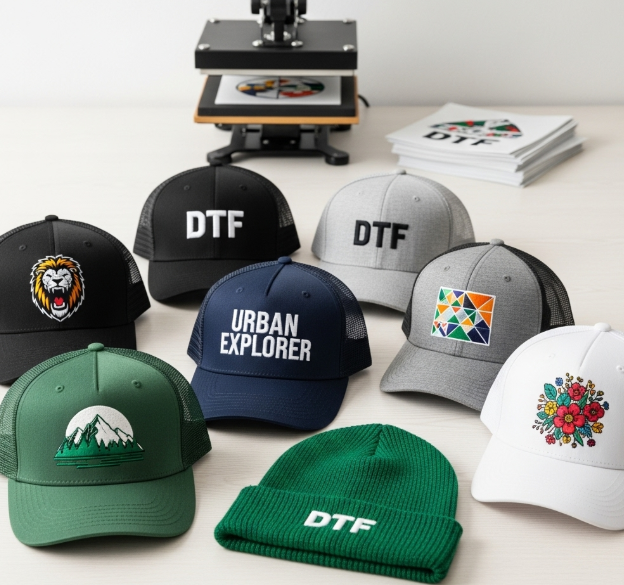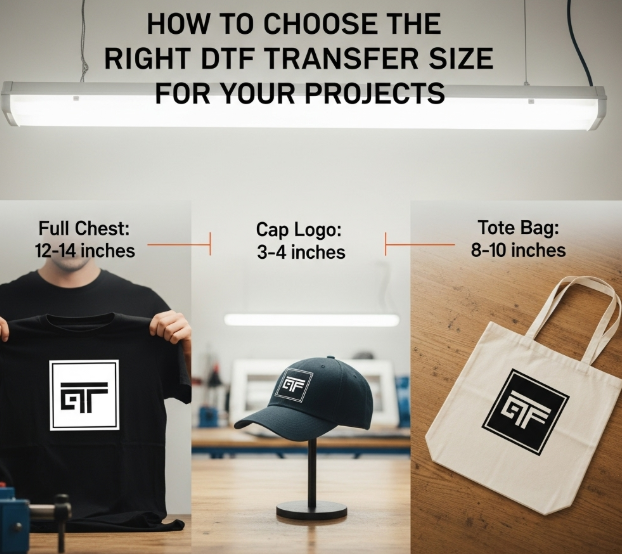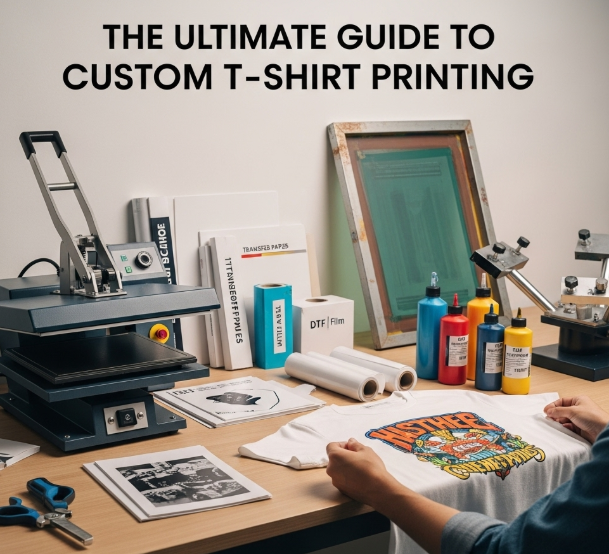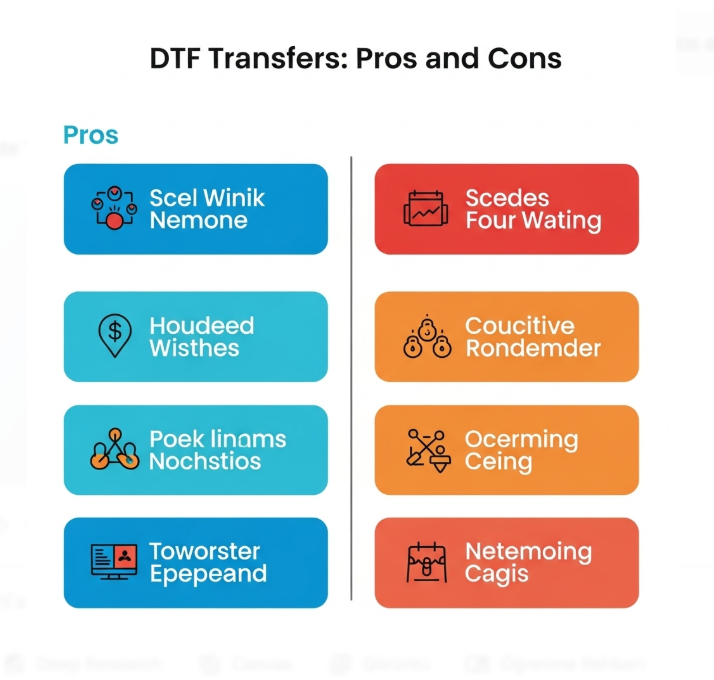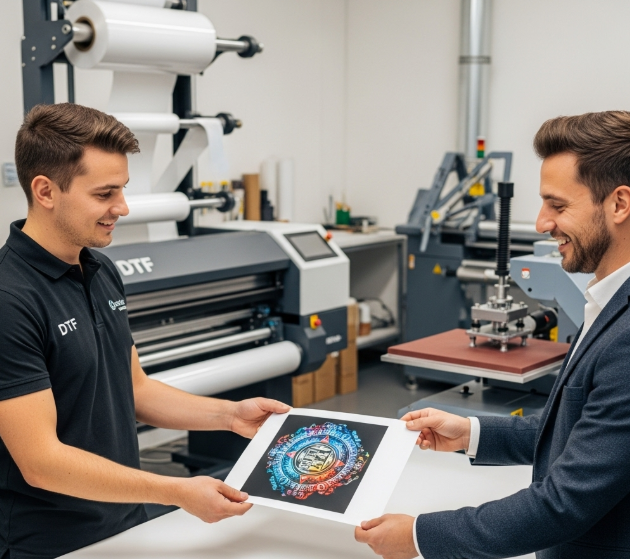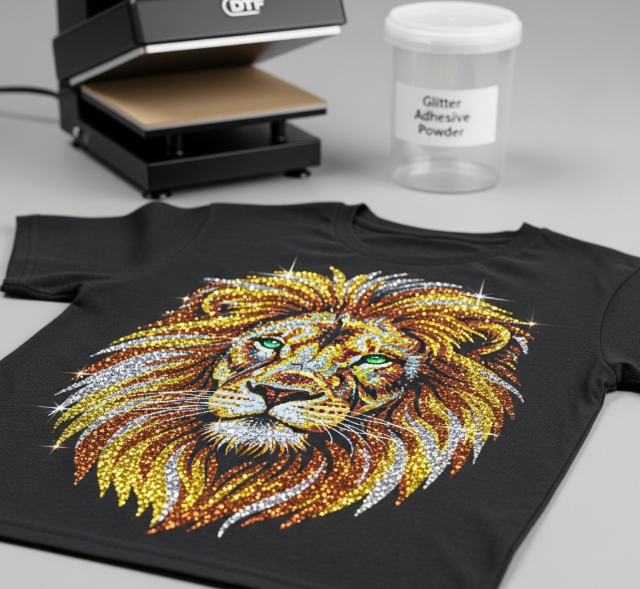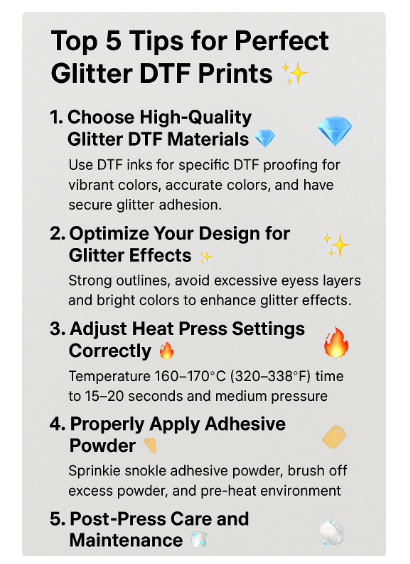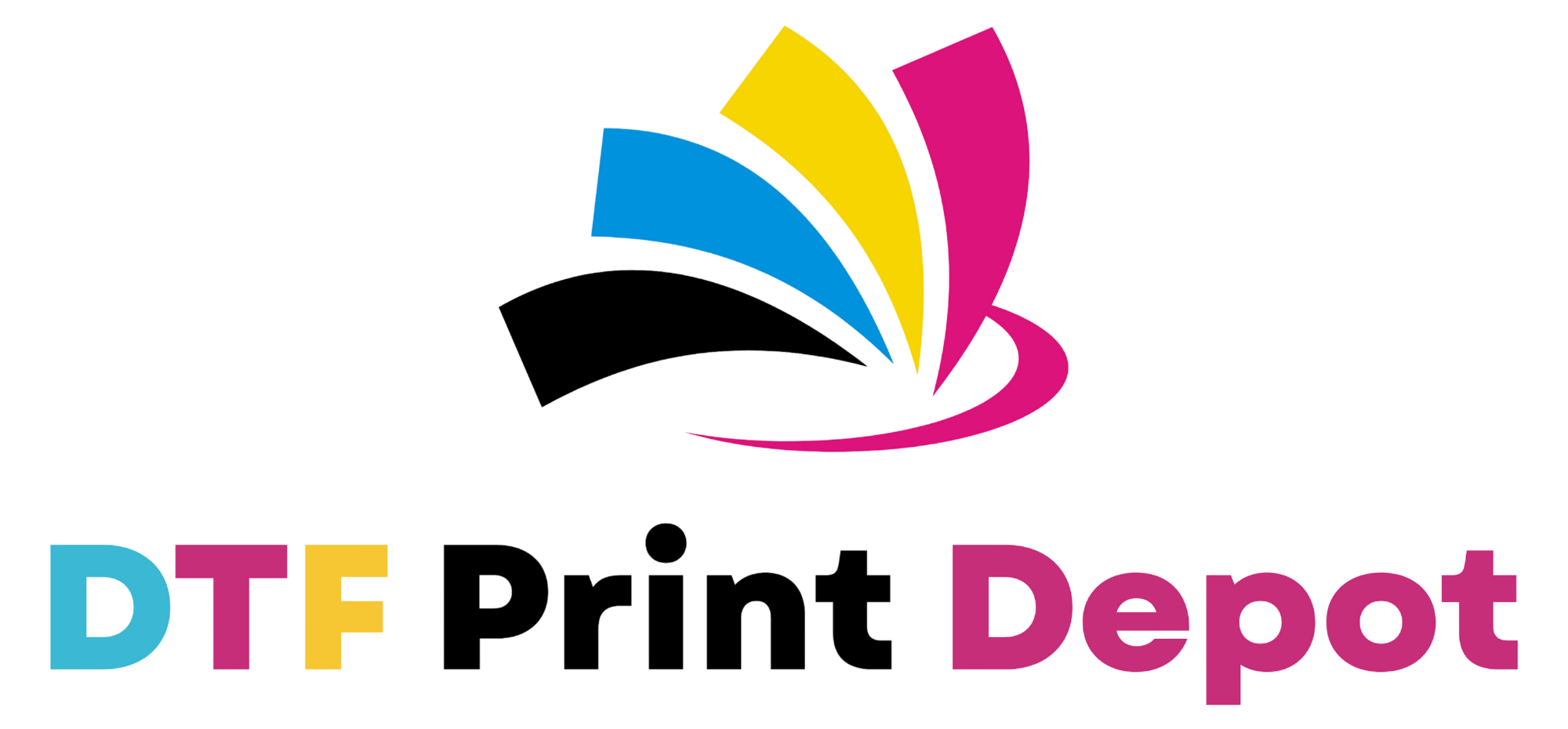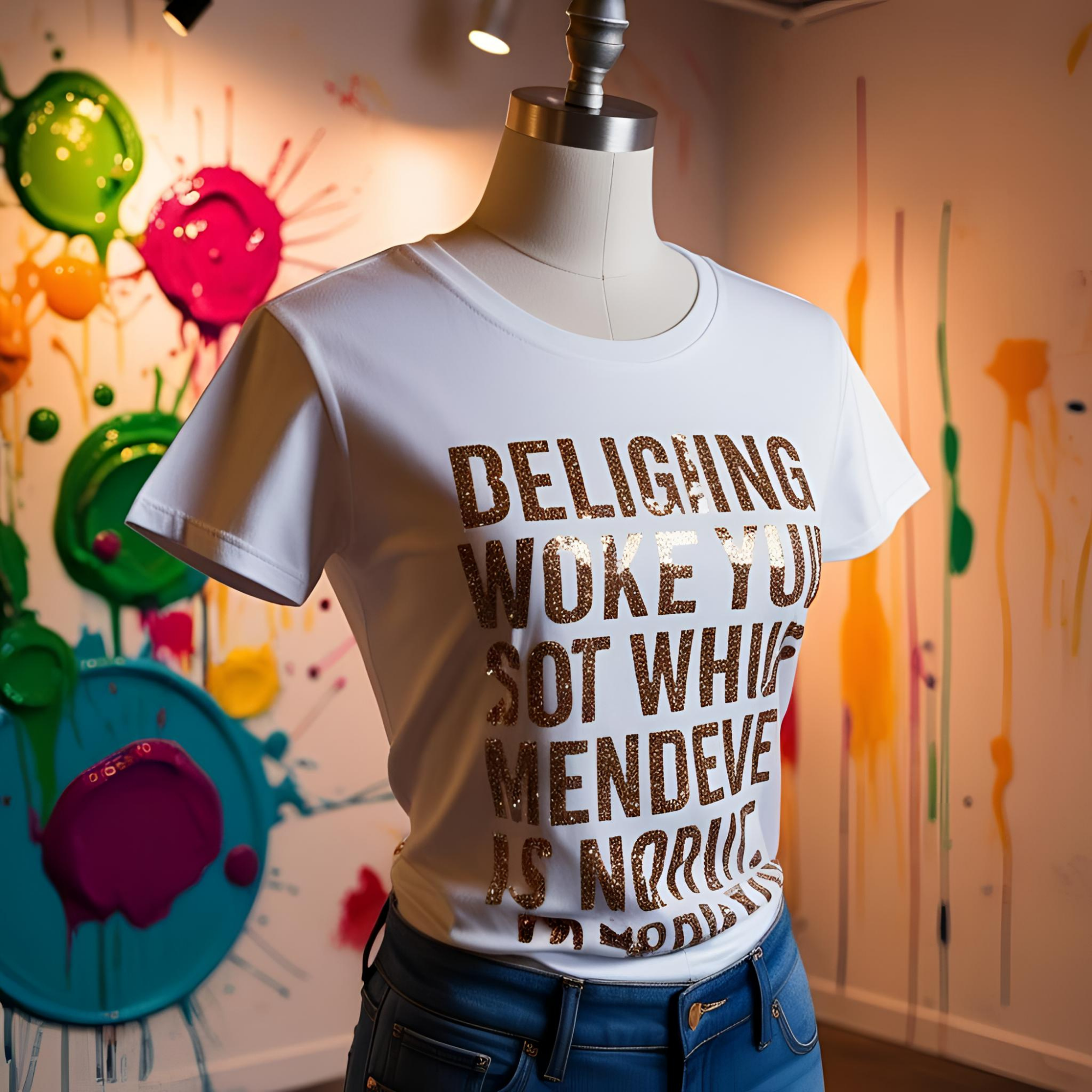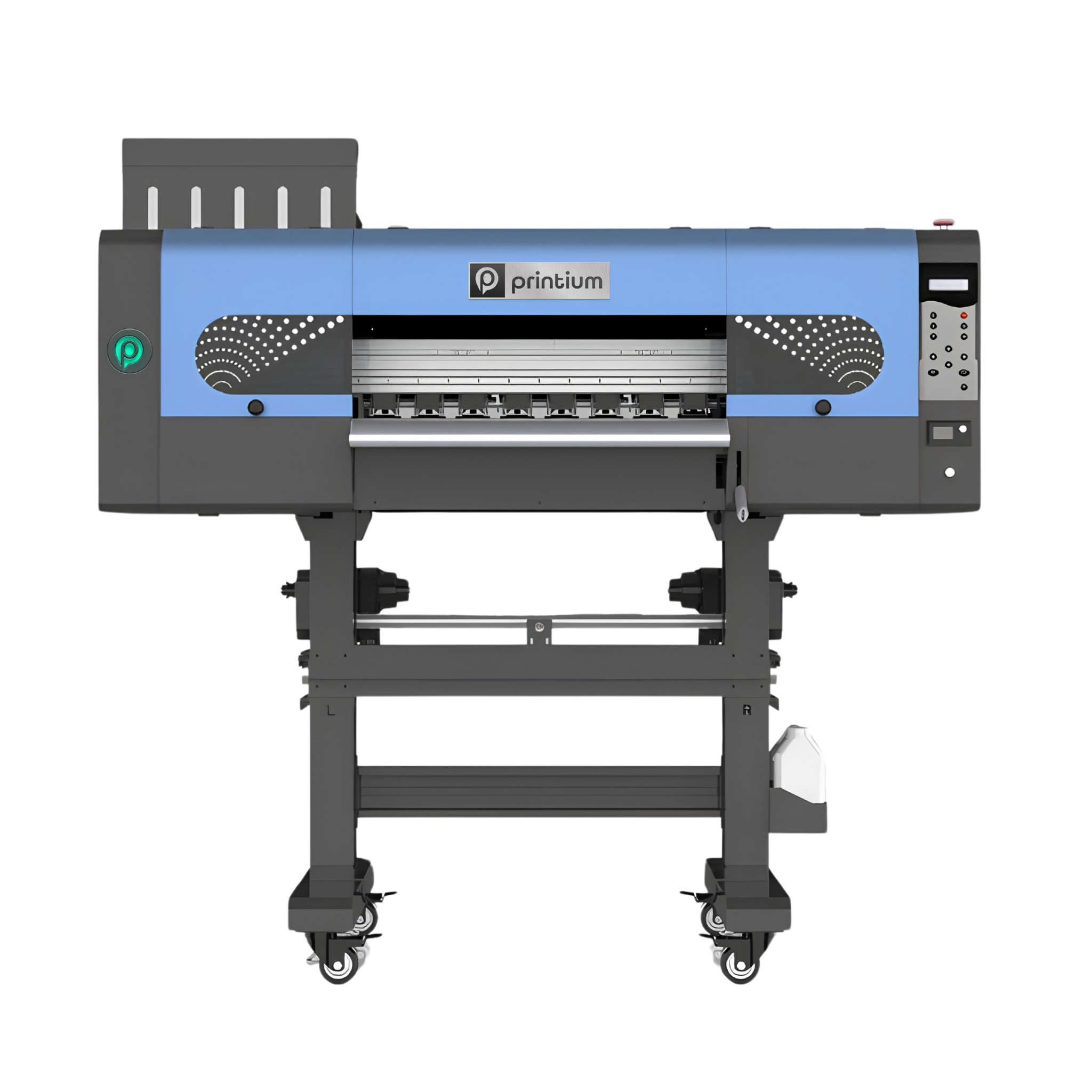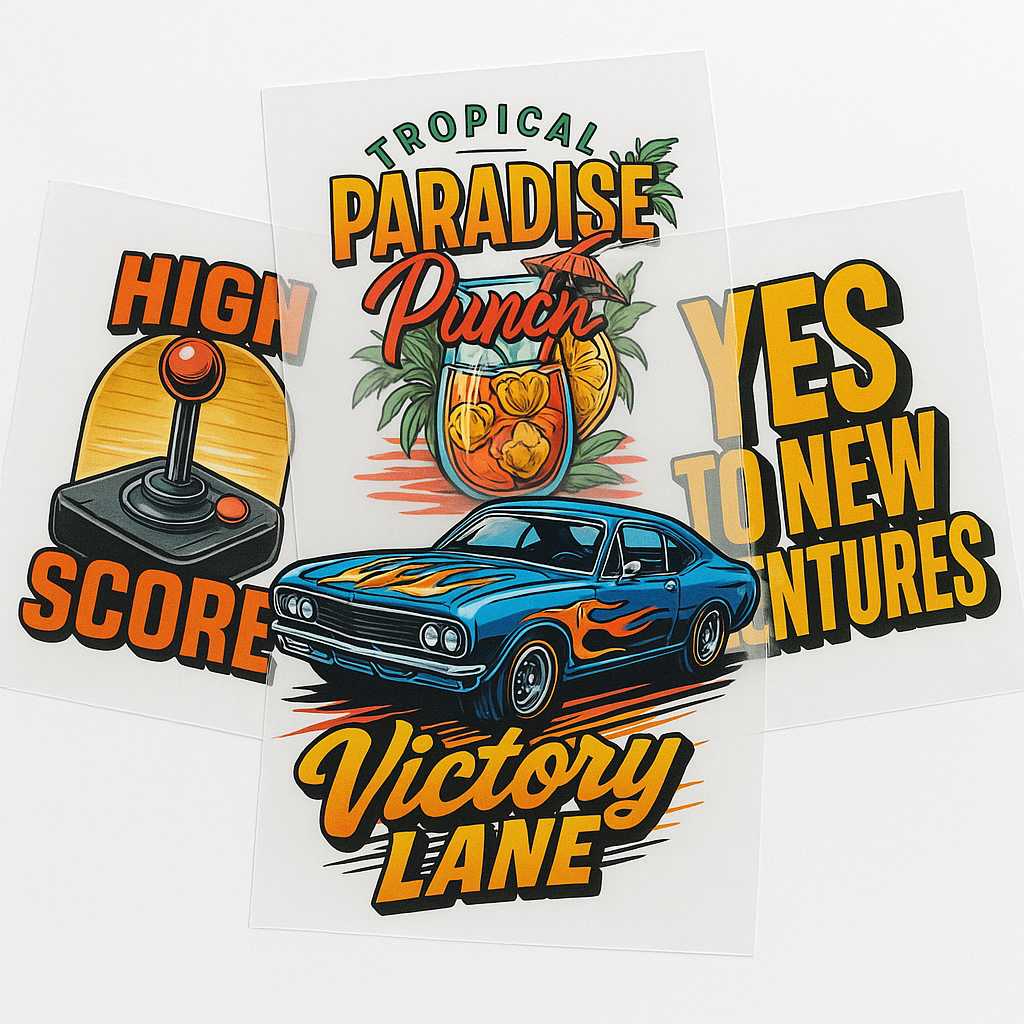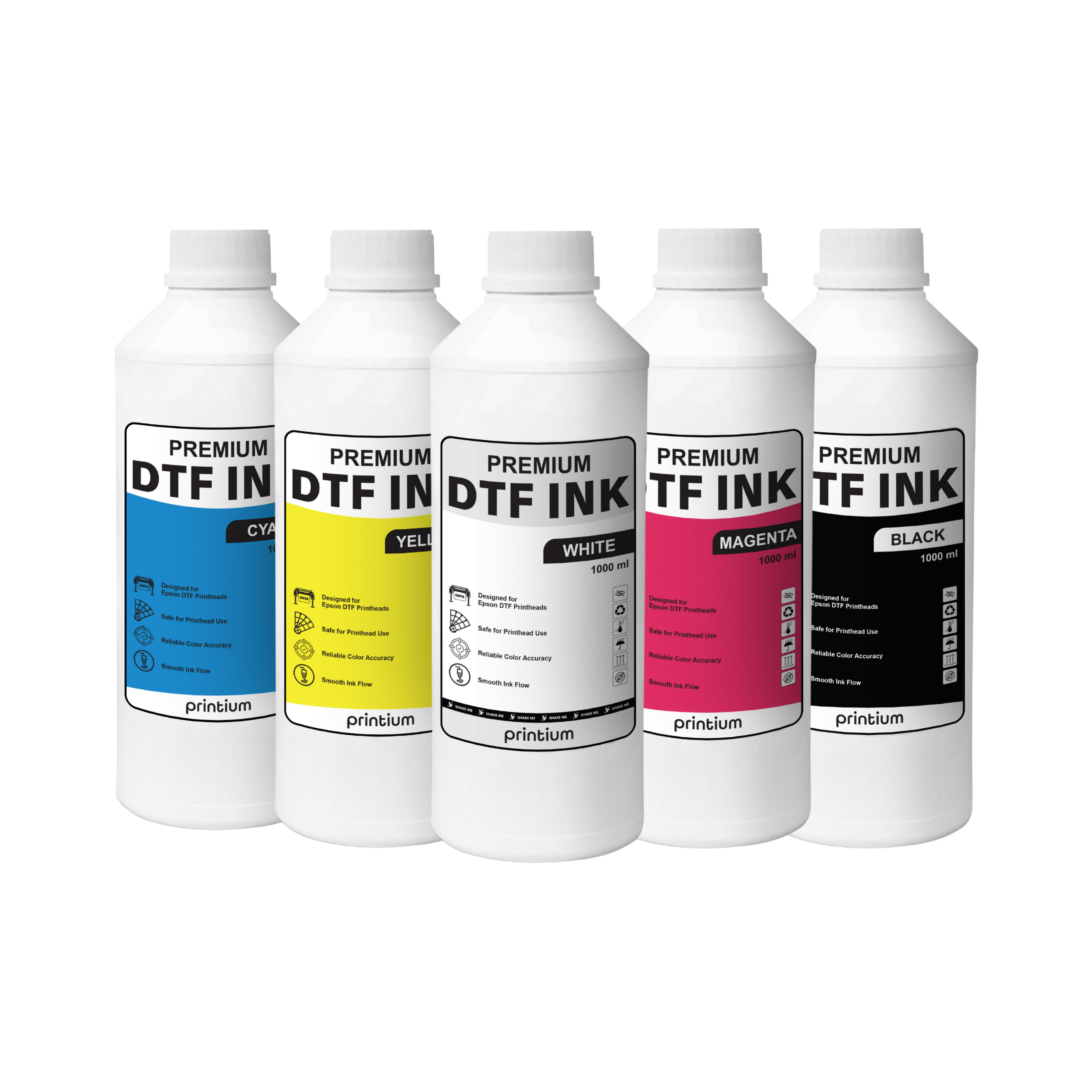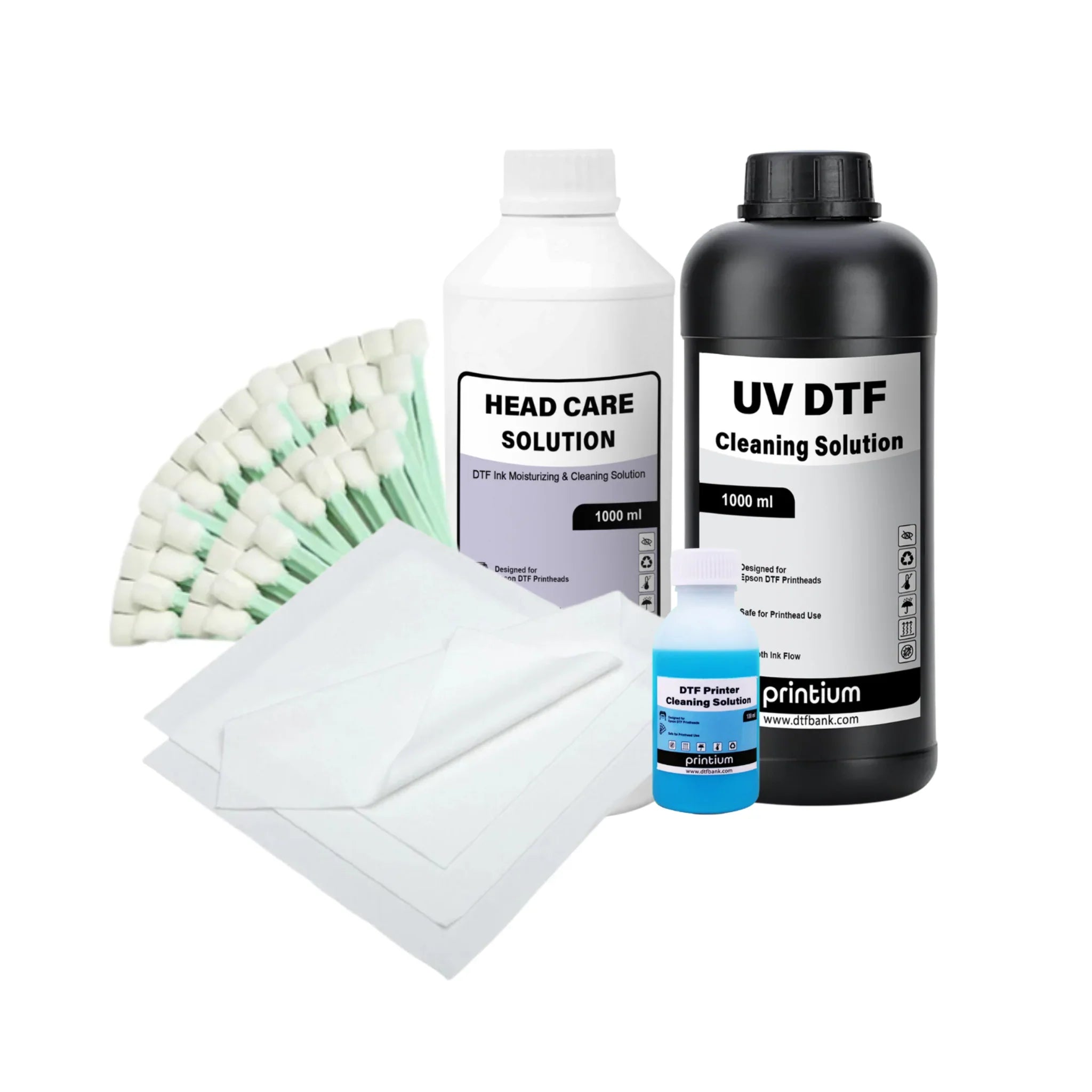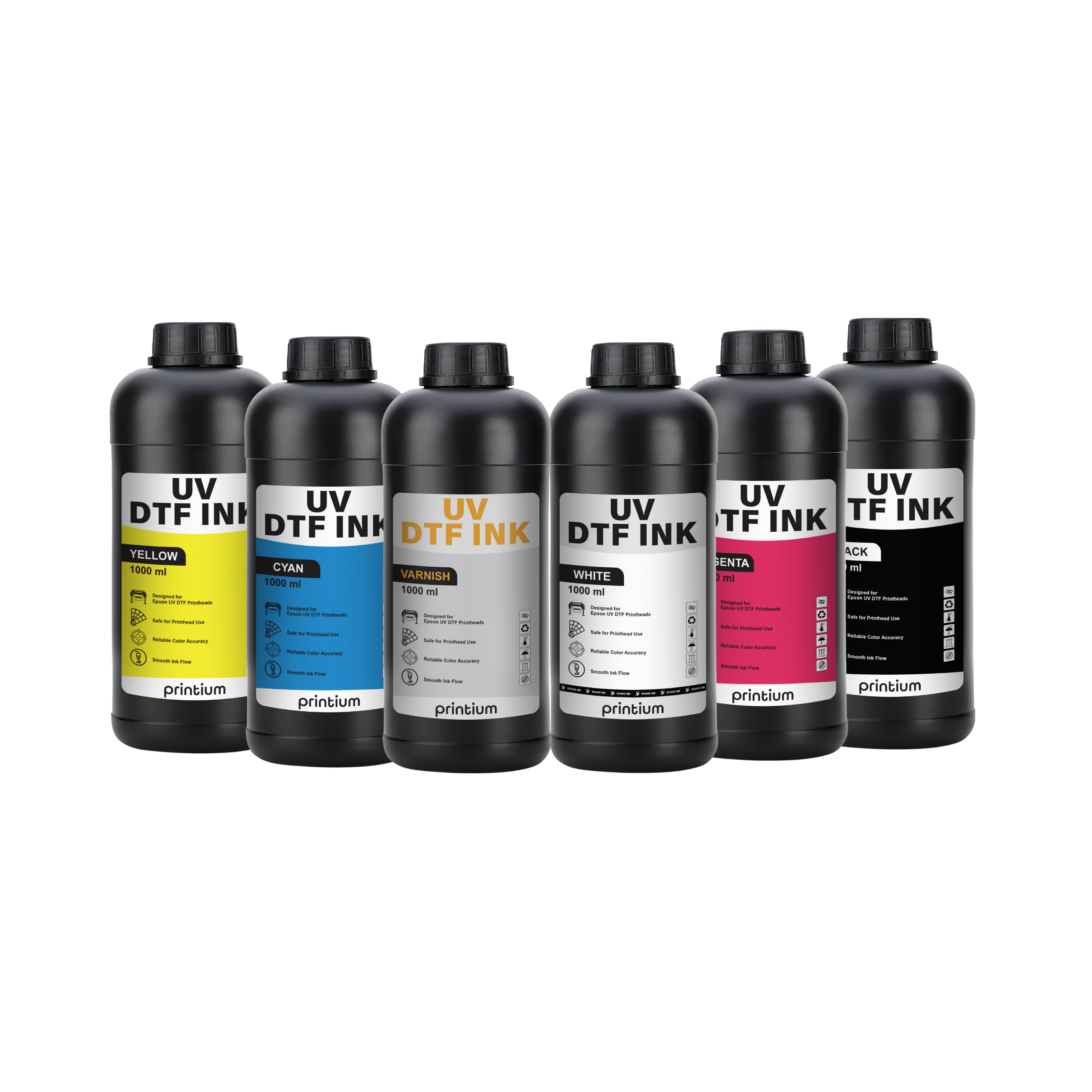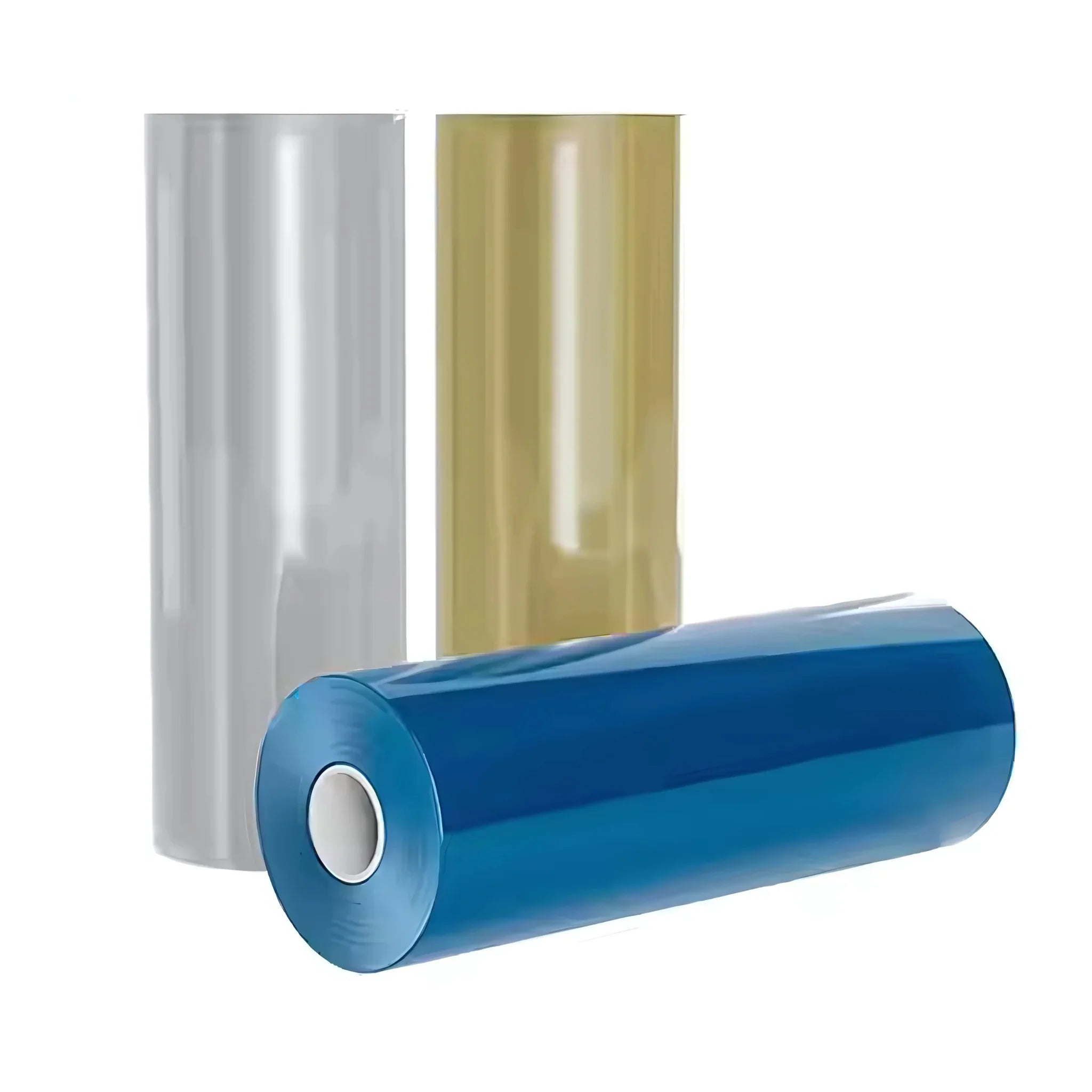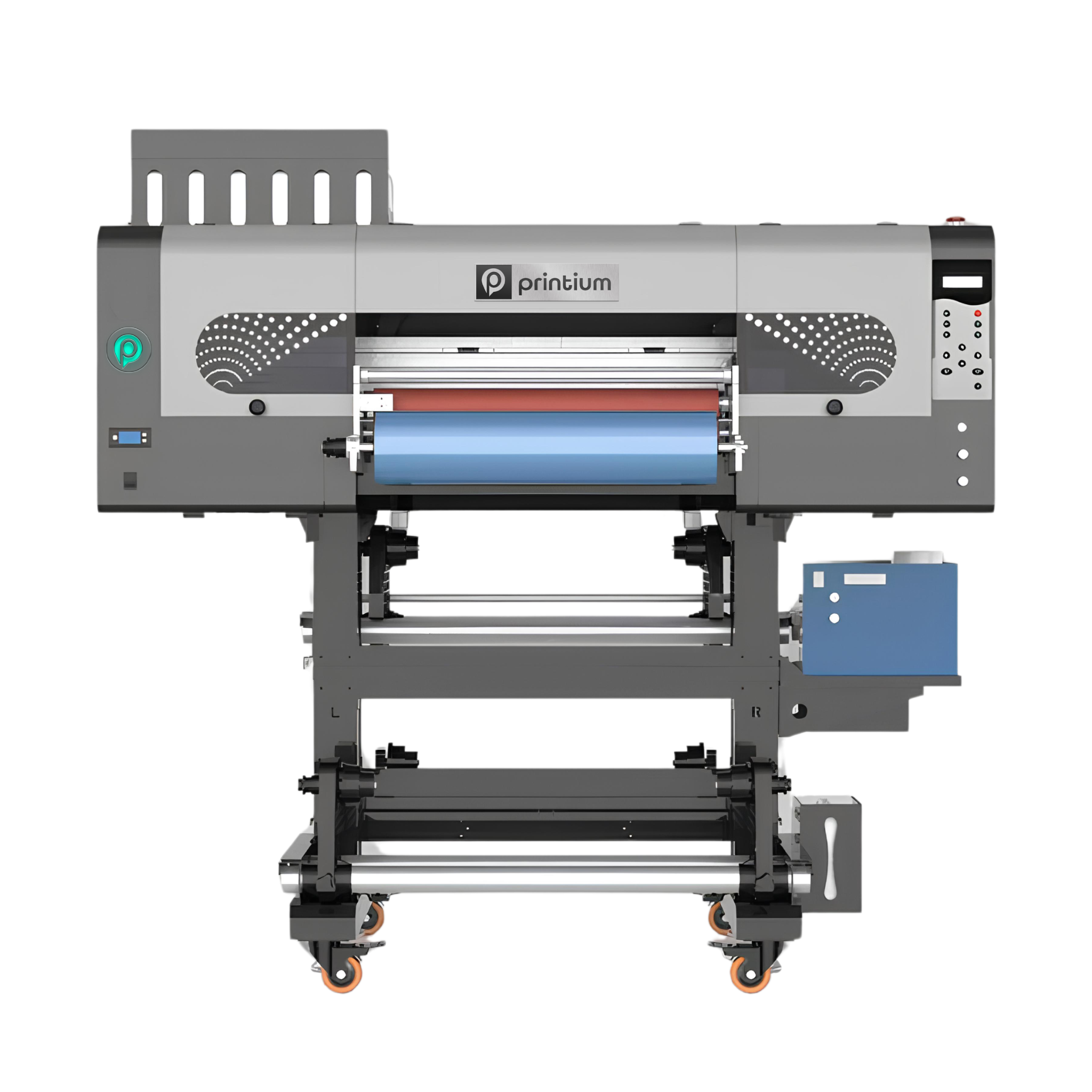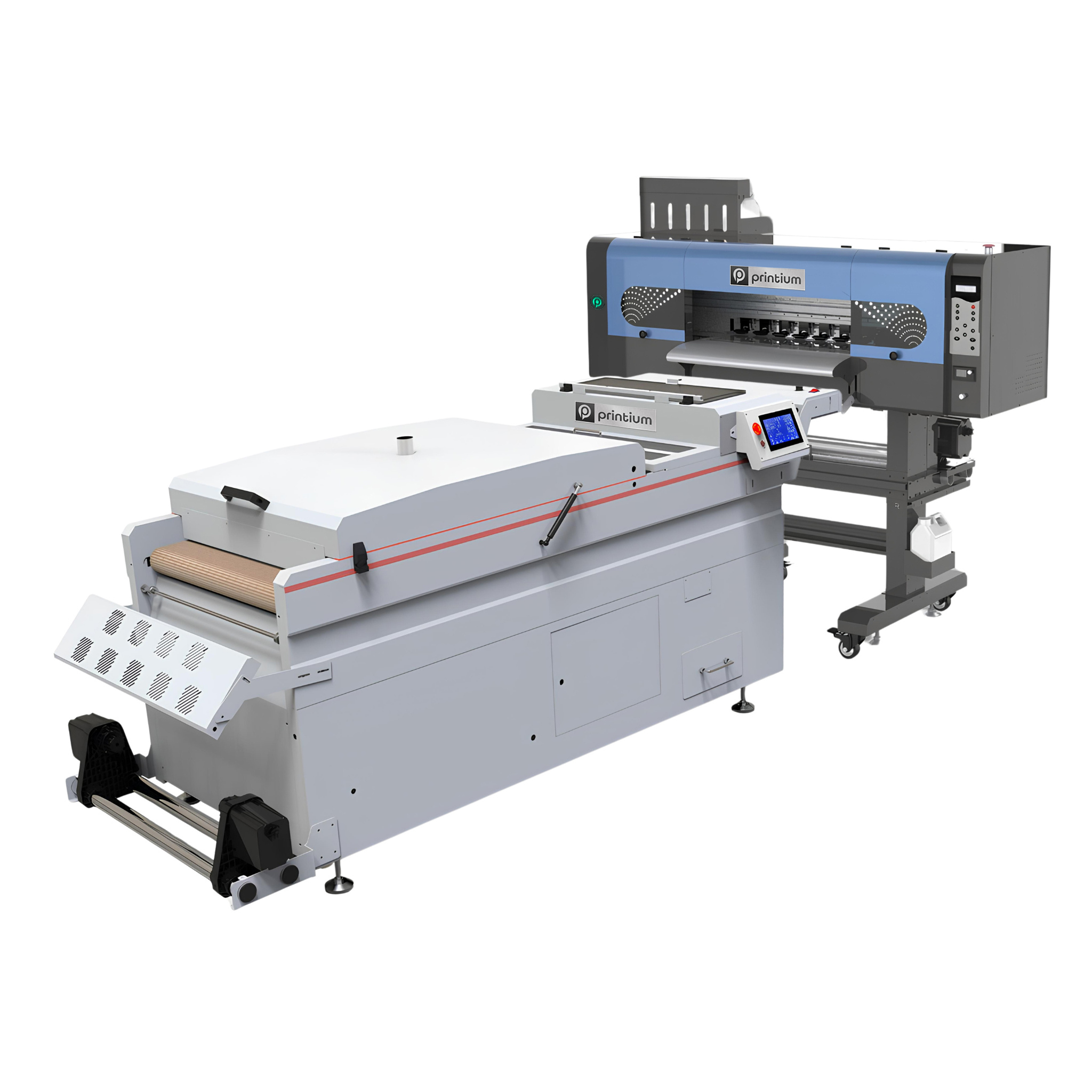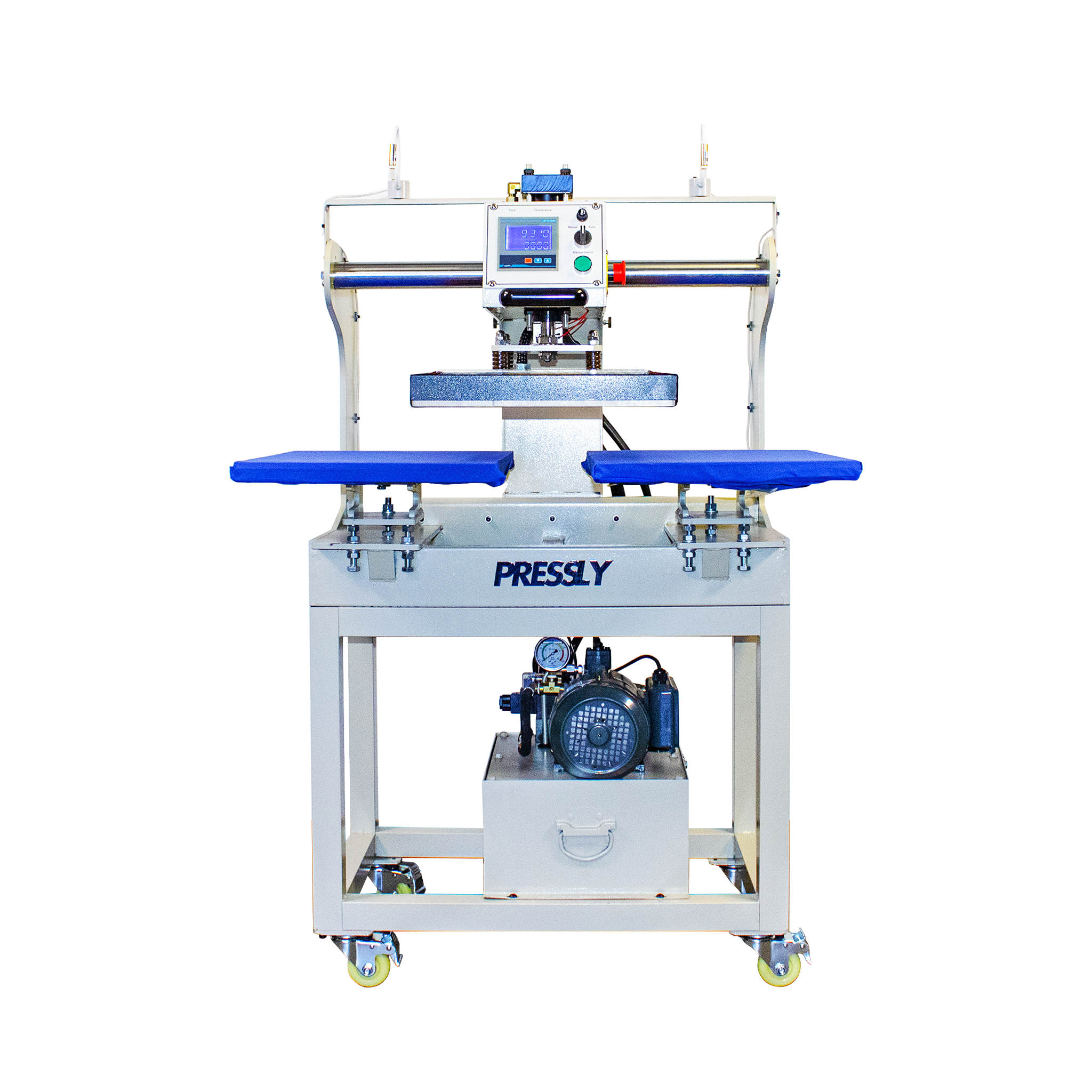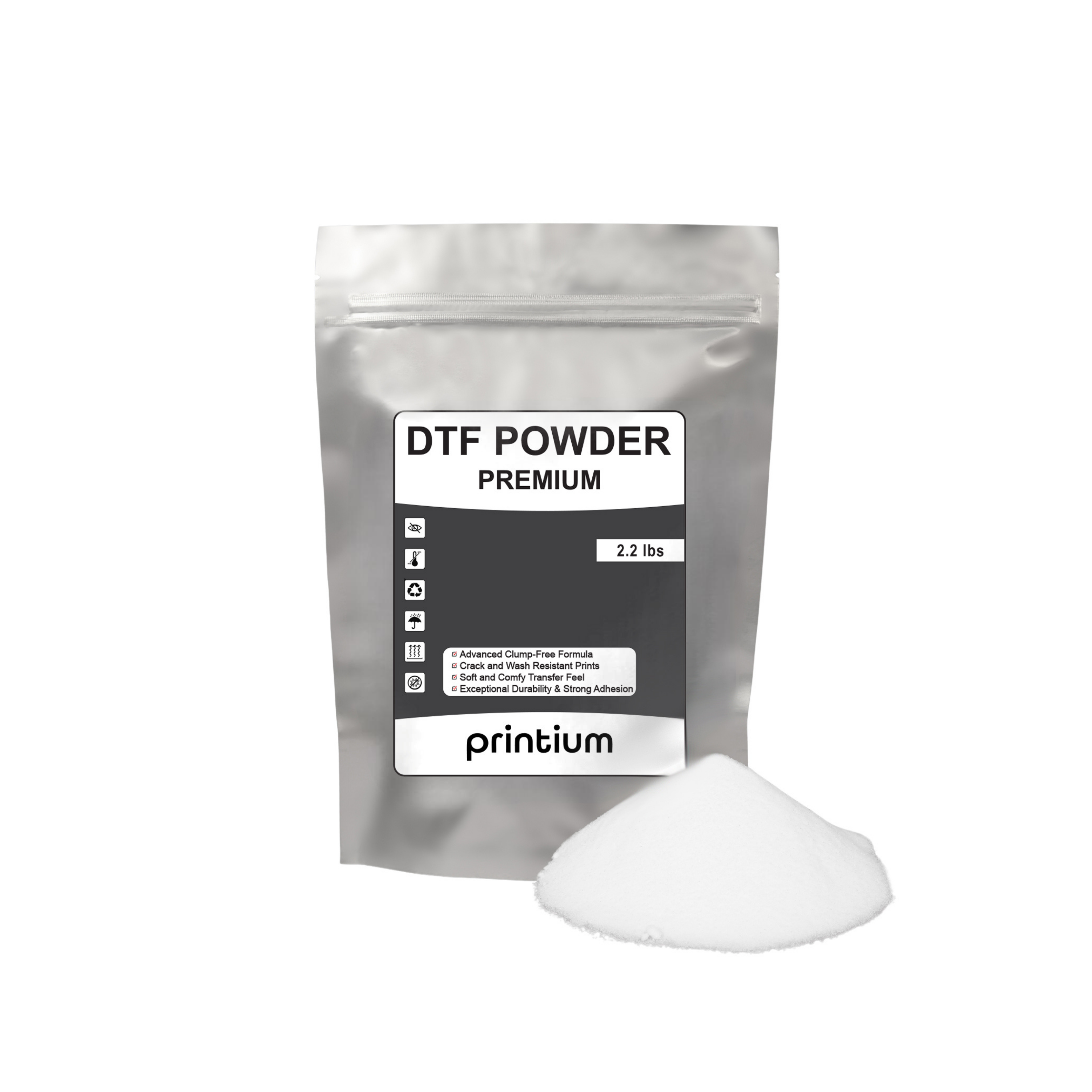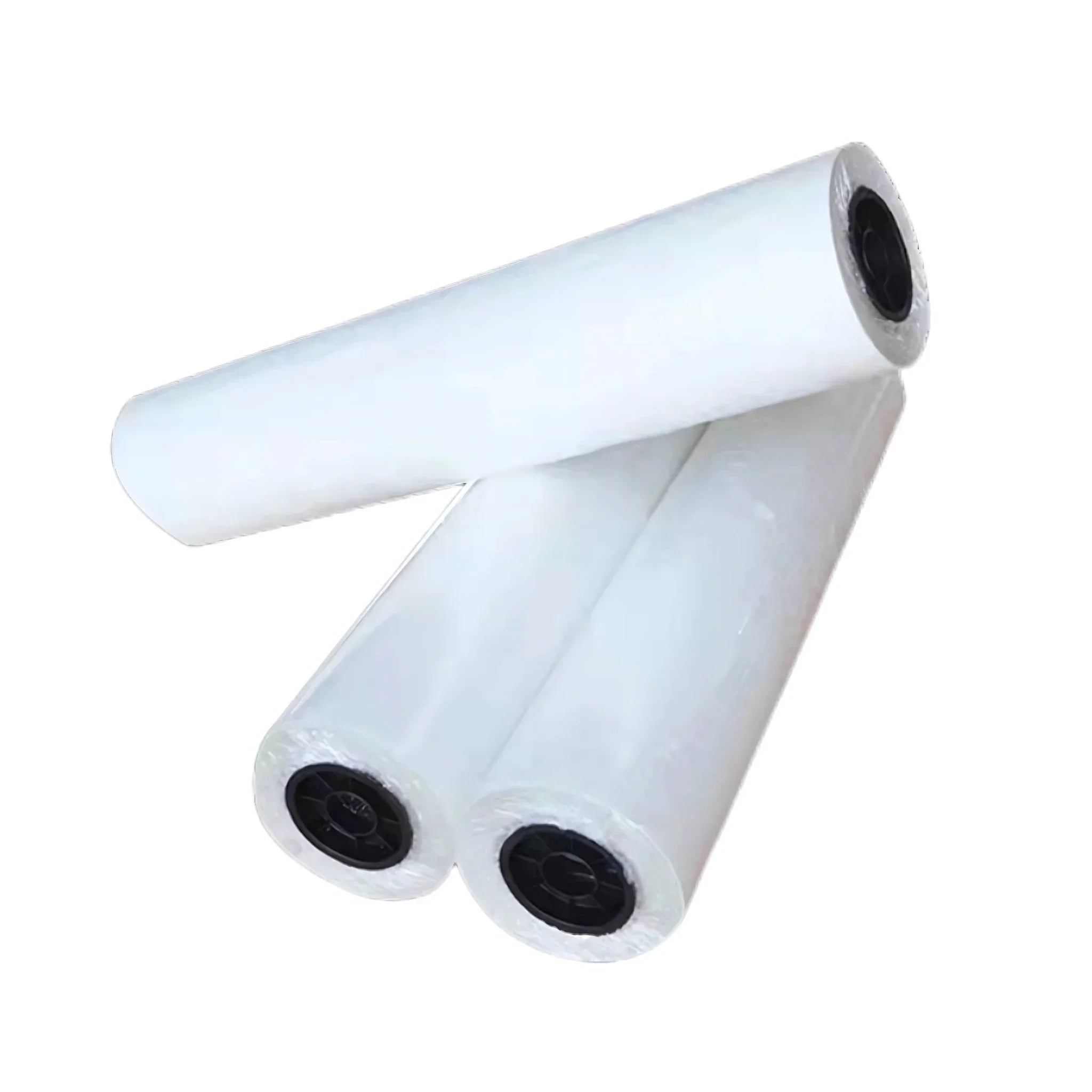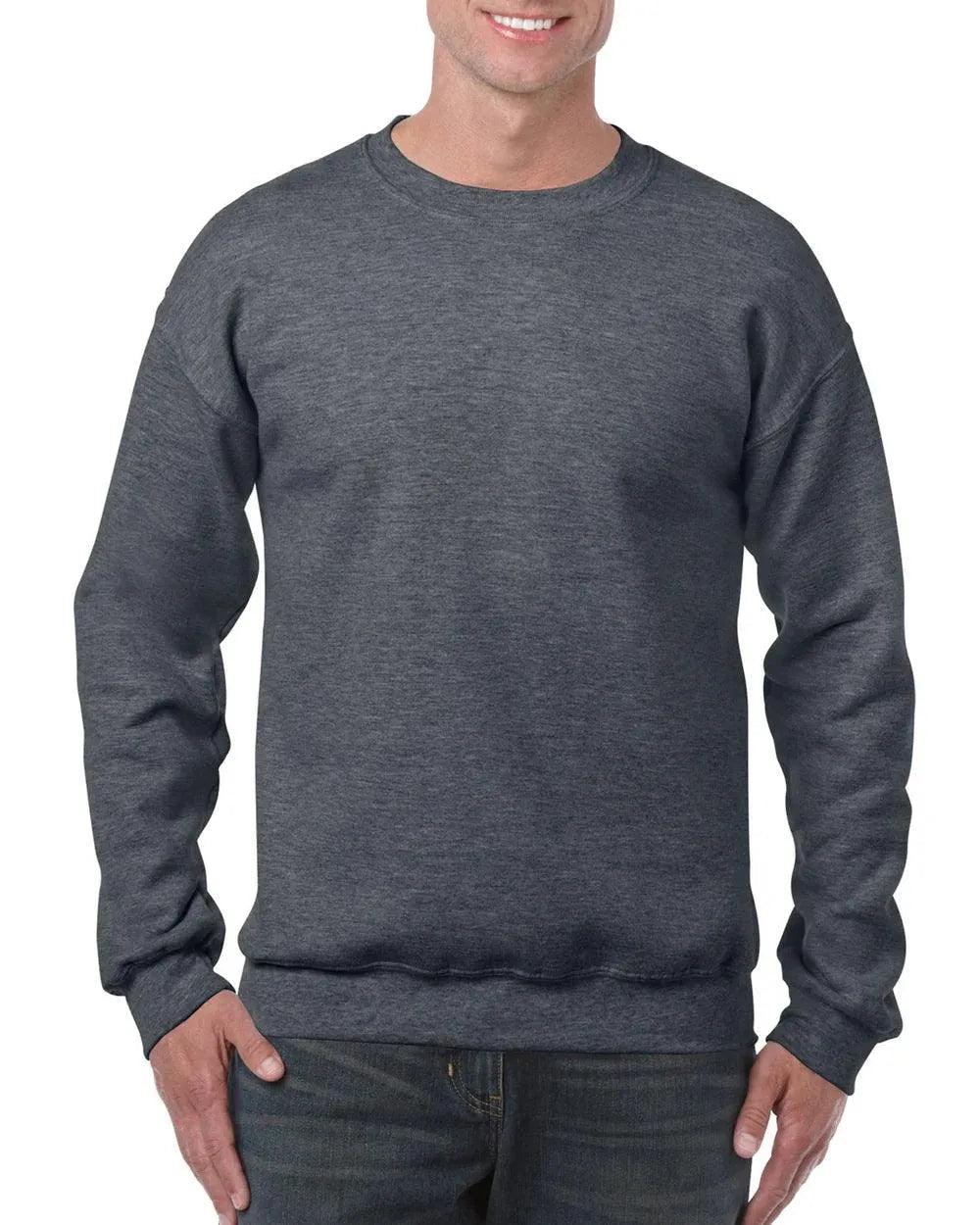DTF Transfers vs. Other Printing Methods – Which One Should You Choose?
Direct-to-Film (DTF) transfers have rapidly gained popularity in the textile printing industry due to their versatility, durability, and ease of use. While traditional printing methods like screen printing, heat transfer vinyl (HTV), and sublimation have been staples for decades, DTF offers unique advantages that make it an attractive choice for many businesses and hobbyists alike. Understanding the differences between DTF and other printing methods can help you select the best approach for your projects.
What is DTF Printing?
DTF printing involves printing designs onto a special film using pigment-based inks. The design is then coated with adhesive powder, cured, and transferred onto the target fabric with heat. This process allows for vibrant, full-color designs on a variety of materials, including cotton, polyester, and blends. Unlike other printing methods, DTF does not require pre-treatment or complex setups, making it a flexible option for custom apparel and small-scale production.
Comparison with Screen Printing
Screen printing is a traditional method that pushes ink through a mesh stencil onto fabric. While it produces high-quality, durable prints, it has limitations:
-
Setup Time: Each color requires a separate screen, making multi-color designs time-consuming.
-
Material Limitations: Works best on cotton and light-colored fabrics.
-
Cost Efficiency: Small runs can be expensive due to screen preparation.
In contrast, DTF transfers allow full-color designs with fewer setup requirements. Multiple colors can be printed simultaneously, and the process is efficient even for small batches. This flexibility makes DTF ideal for custom orders, personalized products, and on-demand printing.
Comparison with Heat Transfer Vinyl (HTV)
Heat transfer vinyl involves cutting designs from colored vinyl sheets and heat-pressing them onto fabric. HTV is excellent for simple, single-color designs, but it has drawbacks:
-
Limited Complexity: Intricate or highly detailed designs are challenging to achieve.
-
Layering Issues: Multi-color designs require careful layering, which can be time-consuming.
-
Durability: Vinyl can crack or peel over time, especially after repeated washing.
DTF transfers handle complex, multi-color designs with ease. The pigment-based inks provide vibrant colors, while the adhesive layer ensures a strong bond to the fabric. DTF prints maintain flexibility, reducing cracking or peeling compared to traditional vinyl transfers.
Comparison with Sublimation
Sublimation printing uses heat to transfer dye onto polyester fabrics. It creates vibrant, permanent prints but has significant limitations:
-
Material Restriction: Only works well on polyester or specially coated surfaces.
-
Color Limitations: Cannot produce bright colors on dark fabrics.
-
Setup Complexity: Requires precise temperature and pressure control.
DTF transfers overcome these limitations by printing on a wide range of fabric types, including cotton, polyester, and blends. They produce vivid designs on both light and dark materials, making them more versatile than sublimation for mixed-fabric projects.
Advantages of DTF Transfers
-
Versatility: Works on a variety of fabrics and colors.
-
Detail and Vibrancy: Achieves sharp, full-color designs with fine detail.
-
Durability: Resistant to cracking, peeling, and fading.
-
Efficiency: Minimal setup and suitable for small and large batches.
-
Customization: Ideal for personalized designs, small businesses, and on-demand production.
These benefits make DTF printing a practical and profitable option for businesses looking to expand their product offerings without the limitations of traditional methods.
Considerations When Choosing a Method
When deciding between DTF and other printing methods, consider:
-
Project Size: Screen printing is cost-effective for large runs, while DTF excels in small batches.
-
Fabric Type: DTF works on various fabrics, while sublimation is mostly polyester.
-
Design Complexity: DTF handles detailed, multi-color designs better than HTV.
-
Durability Needs: For long-lasting, flexible prints, DTF offers an advantage.
Choosing the right method depends on balancing these factors with your production goals, budget, and the desired visual effect.
Conclusion
While traditional printing methods have their place, DTF transfer provide unmatched versatility, vibrant colors, and durability. They simplify the printing process, reduce setup time, and allow for customization on a wide range of fabrics. Businesses and hobbyists alike can benefit from integrating DTF into their workflow, producing high-quality, wearable designs efficiently and reliably.
By understanding the differences between DTF and other printing methods, you can make informed decisions for your projects. Whether you are producing custom apparel, promotional items, or artistic creations, DTF transfer offer a modern, flexible solution that meets the demands of today’s printing industry.
